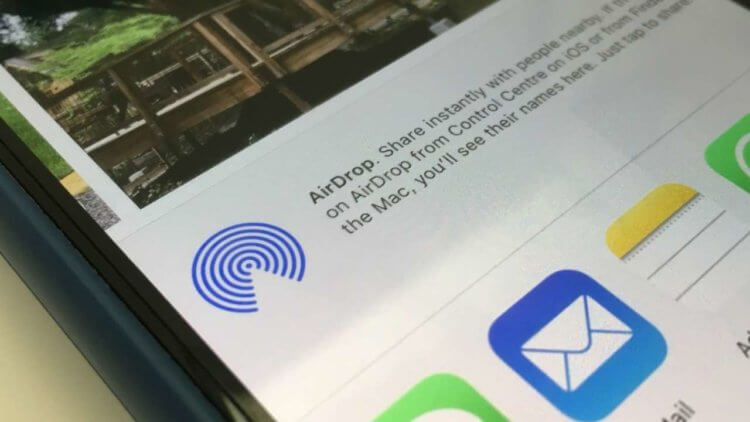Cloud services have greatly simplified the exchange of files between devices. After all, all you need is to upload the desired attachment to the cloud and share the link with the recipient. It would seem, what could be more convenient? Nevertheless, the AirDrop service from Apple is still not losing ground and continues to be popular, providing the ability to exchange data wirelessly, regardless of the presence of the Internet or access to cloud platforms. Affected by a special principle of operation, in which both Wi-Fi and Bluetooth are involved, due to which a high transmission speed is achieved, even if there is no connection to the cellular network. So it would be weird if Google didn't want to implement something like Android.

Nearby Sharing is AirDrop on minimums
We've already talked about the fact that Google is working on creating its own alternative to AirDrop. Initially, the project was called Fast Sharing, indicating a high data transfer rate, but then it was renamed Nearby Sharing, obviously, emphasizing that now the transfer will not be so fast as close. Another thing is that until now, these were only guesses based on small references contained in the source code Android. But now we all know for sure.
What is Nearby Sharing

Developers from the XDA team were able to extract the APK file of the Nearby Sharing service from the Android Open Source Project and run it on Pixel 2 XL and Pixel 4 smartphones. Despite the fact that the service cannot be called seamless, it is functioning properly now and allows you to transfer selected files at a fairly high speed. In any case, as you can see in the video, a packet of four images was transmitted almost instantly. This means that Google has managed to achieve speeds roughly comparable to AirDrop, fluctuating between 18-20 MB / s.
Judging by the description of Nearby Sharing proposed by the system, Google, like Apple, uses both Wi-Fi and Bluetooth for data transfer. Their hybrid allows you to develop a fairly high speed and not only not waste time uploading data to the cloud, but also not consume Internet traffic, because the transfer occurs locally, without using cellular data or wireless access points. At the same time, the recommended distance at which Nearby Sharing can work is limited to 1 foot, or about 30 centimeters. It turns out something like NFC at maximum speed, but not an analogue of AirDrop, which works at a distance of several tens of meters.
When Nearby Sharing comes out
Judging by what we saw, before the release of Android 11 Nearby Sharing should undergo optimization work, because now all actions need to be performed manually. Even in order to agree to receive a file, the user needs to launch the service interface from the control center and, after waiting for the pairing, which takes a long time, to confirm the receipt of the files. All this is too tedious and complicated, given that AirDrop is much more automated in this regard. It establishes a connection automatically in the background, and the user only has to accept the file, not to mention the absence of the need to be in the immediate vicinity of the sender.
Why Google could not increase the data transmission distance to at least 5-10 meters is not known for certain. Perhaps patents Apple describing the AirDrop methodology, which Google did not have the right to use, played a role here. And paying royalties to the main competitor for actually licensing its technology promises not only constant and high expenses, but also – albeit partial – loss of credibility in the eyes of users. Therefore, we decided in Google, let it be better as it is. Well, at least this version sounds quite reasonable and logical.
